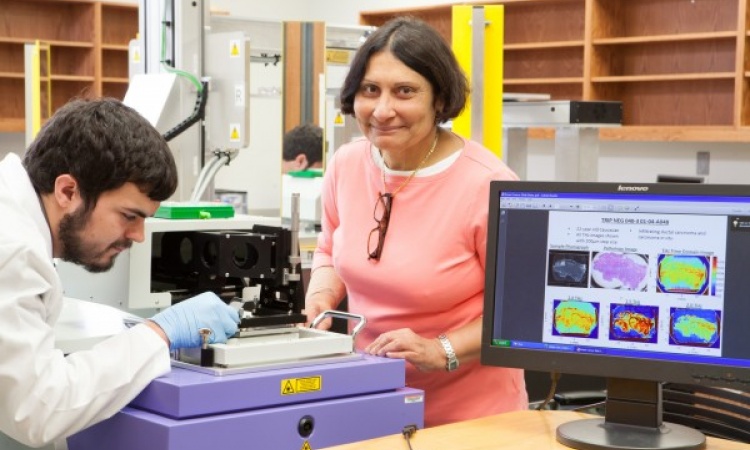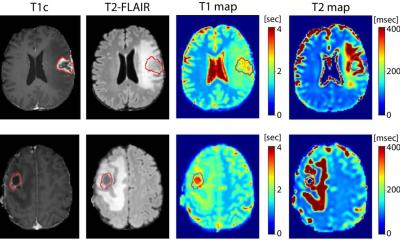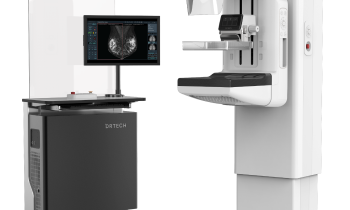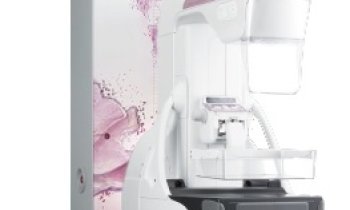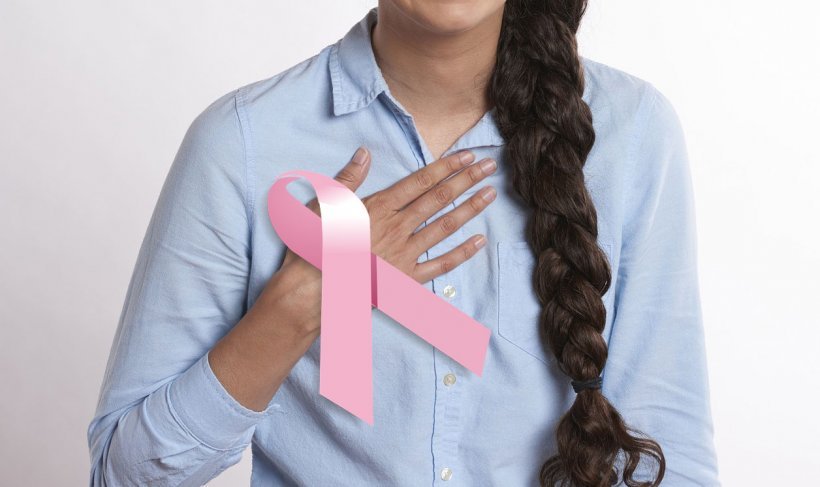
News • Breast cancer
Giving patients an average survival time is more often wrong than right
Doctors who give advanced breast cancer patients just one estimate, such as 12 months, for the average amount of time they are expected to live are only accurate 20-30% of the time, according to Dr Belinda Kiely, medical oncologist and senior research fellow at the University of Sydney, Australia.
Speaking at the Advanced Breast Cancer Fifth International Consensus Conference (ABC5) in Lisbon, Dr Kiely explained that while many patients want to know how long they are likely to live, doctors find it difficult to give accurate information. Dr Kiely’s research has shown that, instead of providing patients with an average (median) survival time, it is better to provide estimates for the best-case, worst-case and typical survival times because this is more accurate and helpful. “Every week in my clinic, I meet women of all ages with advanced breast cancer and they frequently ask: ‘How long have I got?’ They have very practical concerns and questions that they want help with; for example, they might want to know whether they should cancel a planned holiday, whether they will be able to attend their daughter’s wedding, or whether they should stop working or sell their house. However, oncologists are sometimes unsure about how to help. They may worry about how much a patient wants to know, whether it’s possible to give accurate information and how best to talk about this without destroying hope.”
Previous research indicates that the majority of cancer patients want to know if their cancer is curable and many also want to know how long they will live. Dr Kiely told the conference: “Most data on survival times for advanced breast cancer come from clinical trials, where patients must meet specific eligibility criteria. These patients tend to be younger, fitter and have fewer other health problems, and therefore often live longer than the patients we see in everyday practice. However, these trial data do provide a good starting point. “Providing patients with a single number estimate of the average survival time is rarely accurate and conveys no hope of a possible longer survival time. Instead, we have devised a method that helps doctors calculate the best-case, worst-case and typical survival times for individual patients.”
Dr Kiely’s method for calculating the three scenarios has been tested and proved reliable in several studies. It involves doctors estimating the expected survival time for a patient, dividing it by four to get the worst-case scenario and multiplying it by three to get the best-case scenario. The typical scenario is between a half and two times the doctors’ estimated survival. Dr Kiely and her colleagues surveyed patients and have shown that patients found the three scenarios (best, worst and typical) more helpful, easier to understand and more reassuring that the single number average survival estimate.
The researchers also conducted a trial with 33 oncologists who between them spoke to 146 patients with advanced cancer about their expected survival times. Each patient was provided with a printed one-page summary of their individual best-case, typical and worst-case scenarios. Ninety-one per cent of the patients said they found the printed information helpful, 88% said it helped them to make plans and 88% said it improved their understanding. Seventy-seven per cent of patients said the scenarios were the same or better than they had expected.
Dr Kiely said: “If we tell a patient that her estimated median survival time is six months, that conveys no hope of a possible longer survival, even though she has a 50% chance of living longer. On the other hand, providing three scenarios helps patients prepare for the possible worst-case and, at the same time, hope for the possible best-case. This is more helpful for patients making plans and decisions for the future.”
Based on their findings, Dr Kiely and her colleagues are now promoting the ‘three-scenario’ approach with oncologists in Australia and they hope to encourage colleagues from around the world who are gathered at ABC5 to do the same.
Chair of the conference, Dr Fatima Cardoso, Director of the Breast Unit of the Champalimaud Clinical Centre in Lisbon, Portugal, who was not involved with the research, said: “Research shows that patients who discuss these issues with their doctor have better quality of life, are less likely to undergo aggressive end-of-life resuscitation and are less likely to die in the hospital. But at the moment, we also know that many patients are not having these conversations. “Most patients with advanced cancer want some information about how long they are likely to live, although many say they find it difficult to ask this question. The onus is on us as oncologists to start such conversations with our patients. This tool for calculating and sharing the three scenarios gives doctors the help they need to communicate with patients in a realistic and helpful way.”
Source: Advanced Breast Cancer Fifth International Consensus Conference
15.11.2019



